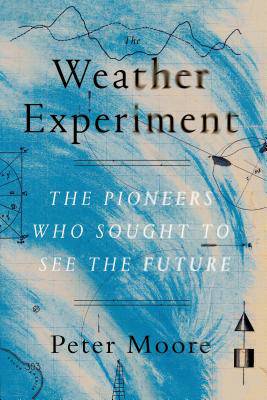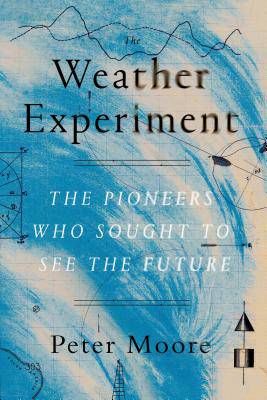
- Retrait gratuit dans votre magasin Club
- 7.000.000 titres dans notre catalogue
- Payer en toute sécurité
- Toujours un magasin près de chez vous
- Retrait gratuit dans votre magasin Club
- 7.000.0000 titres dans notre catalogue
- Payer en toute sécurité
- Toujours un magasin près de chez vous
21,95 €
+ 43 points
Description
By the 1800s, a century of feverish discovery had launched the major branches of science. Physics, chemistry, biology, geology, and astronomy made the natural world explicable through experiment, observation, and categorization. And yet one scientific field remained in its infancy. Despite millennia of observation, mankind still had no understanding of the forces behind the weather. A century after the death of Newton, the laws that governed the heavens were entirely unknown, and weather forecasting was the stuff of folklore and superstition.
Peter Moore's The Weather Experiment is the account of a group of naturalists, engineers, and artists who conquered the elements. It describes their travels and experiments, their breakthroughs and bankruptcies, with picaresque vigor. It takes readers from Irish bogs to a thunderstorm in Guanabara Bay to the basket of a hydrogen balloon 8,500 feet over Paris. And it captures the particular bent of mind--combining the Romantic love of Nature and the Enlightenment love of Reason--that allowed humanity to finally decipher the skies.Spécifications
Parties prenantes
- Auteur(s) :
- Editeur:
Contenu
- Nombre de pages :
- 416
- Langue:
- Anglais
Caractéristiques
- EAN:
- 9780374536206
- Date de parution :
- 21-06-16
- Format:
- Livre broché
- Format numérique:
- Trade paperback (VS)
- Dimensions :
- 137 mm x 208 mm
- Poids :
- 317 g

Les avis
Nous publions uniquement les avis qui respectent les conditions requises. Consultez nos conditions pour les avis.






